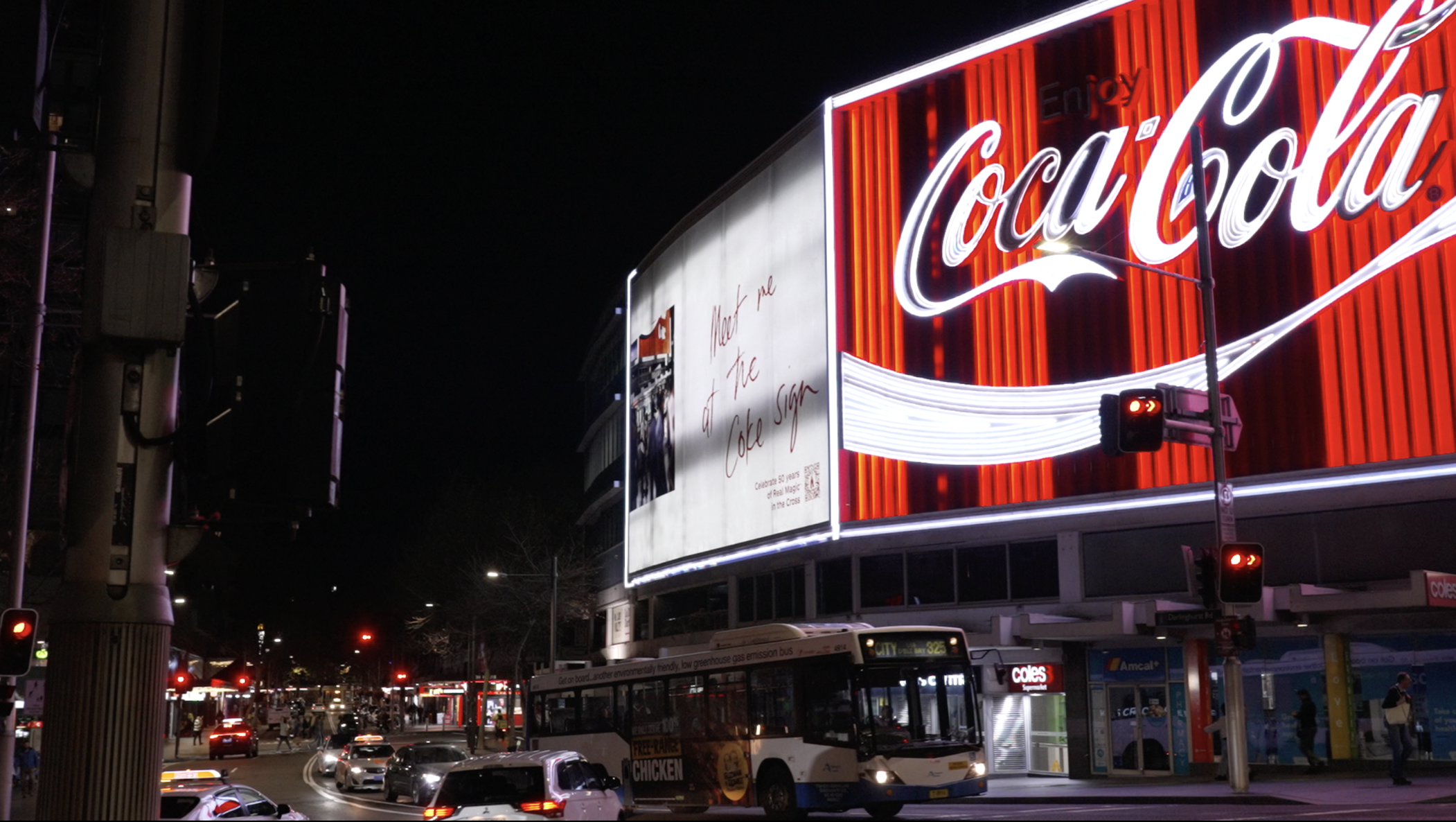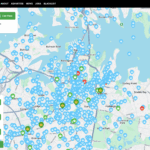Summary
The slow roll-out of wildlife crossings along the Appin Road in south-western Sydney has contributed to further deaths in a key Sydney koala colony.
Dry eucalyptus leaves crunch like cornflakes underfoot. The grey gums sway in the spring breeze and Ivy, a three-year old koala, snoozes in the fork of a thick bough. Her first joey, Charlie, hasn’t been seen in weeks. A leaf blower heaves in the distance and a dog barks incessantly. Metal fences mark the boundary between wild and suburban.
This is how people and koalas share space at Smiths Creek Reserve near Campbelltown.
A few kilometres away lies Sydney’s deadliest road for koalas.
Appin Road is a key arterial route running north-south from Campbelltown to Appin. It cuts through vital habitat where koalas move east-west between the Nepean and Georges rivers. This corridor now hosts large-scale housing projects, including Stockland’s Figtree Hill community.
According to WIRES Wildlife Rescue, at least 52 koalas have died on this stretch of road since July 2022 due to vehicle strikes.
Experts estimate Campbelltown LGA’s koala population is approximately 270 individuals, with an estimated variance of ±60.
There’s always going to be a tipping point. And the problem is you often don’t know what it is until you’ve gone past it.
– Koala conservation expert Dr Amanda Lane
WIRES Policy Lead Dr Colin Salter says the local koala population is generally robust but faces growing threats from urban expansion and increased traffic.
“It’s generally agreed that a 3 per cent increase [in deaths] from an external cause like roads is enough to drive population decline,” he said.
“So as the koala population is expanding… they’re moving across their range, and that’s why more and more are trying to get across the road. And with the current approach of the exclusion fencing, they’re getting channeled into specific locations and being put at increased risk.”
Listed as endangered in 2022, koalas face multiple threats including bushfires, predation, habitat loss, disease and vehicle strikes. South-western Sydney is home to one of the last chlamydia-free koala populations in the state, yet the region has recorded some of the highest rates of road deaths.
Ecologist and koala conservation expert Dr Amanda Lane said Appin Road has been a koala blackspot for more than a decade, with vehicle strikes increasing over time.
“There is a relationship between disturbing the local environment and this increase in vehicle strike, and that would probably be from animals becoming displaced and so having to disperse to new areas,” she said.

Construction stalled on an underpass amid a land-access dispute. Photo by Catherine Fletcher.
Campbelltown and Appin are among the state’s fastest-growing residential areas. In 2023, the State Government rezoned the Appin (Part) Precinct within the Greater Macarthur Growth Area, enabling up to 12,900 new homes.
Many homes are already under construction in what was once bushland and open pasture.
The rapid development has raised concerns over fragmented koala habitat and lack of infrastructure.
As part of a Voluntary Planning Agreement, the NSW Government approved plans for the former developer of Figtree Hill, Lendlease, to fund and deliver major upgrades to Appin Road. The works included widening the stretch between Noorumba Reserve and Gilead from two lanes to four, building koala underpasses and installing exclusion fencing.
In November 2024, Lendlease sold the housing development and its road upgrade and koala underpass obligations to Stockland. Construction on one underpass had begun but came to a halt amid a land access dispute between the two developers, who own opposite sides of the site.
Stockland spokesperson, Samantha Wong, said the company has now secured temporary access and works have recommenced.
“This is an evolving matter and we are in ongoing discussions with the adjoining landowner on the required access,” she said.
Dr Salter said the stalled wildlife crossings are contributing to koala deaths.
“It’s undoubtable that the delays in building crossings is having an impact on the population, potentially more animals being hit and killed on the road,” he added.
“We need protected and connected habitat first, and that should have always been done before the housing was built here, before the final approvals were given.”

A stretch of Appin Road where Gage the koala was recently killed is still stained with blood. Photo by Catherine Fletcher.
The latest koala fatality on Appin Road happened on October 3. He was nicknamed Gage while in care with WIRES wildlife carer Emma Meddows, who hand-raised him after his mother was struck and killed in 2023.
“He’s come up on a gap in the fence, he’s walked straight through that gap, and that’s where he was hit and killed,” said Dr Salter.
The loss has frustrated wildlife groups, the community and local officials.
Local Labor MP Greg Warren attended Gage’s release into the wild in April 2024 and was dismayed by his recent death.
“The death of Gage really was a confronting moment for me, after being there for his release two years ago,” he said.
“The delays on the koala underpass at Glen Lorne are massively detrimental for our local wildlife, and the developers need to work together and solve the problem.”
Dr Lane warned the population remains vulnerable.
“There’s always going to be a tipping point. And the problem is you often don’t know what it is until you’ve gone past it. So it’s a small population, it’s very vulnerable, and it needs to be very effectively managed if we’re going to see it maintain over time.”

Les Shearim and wildlife enthusiasts Rehan and Matthew taking a break from koala spotting on a hot day at Smiths Creek. Photo: Catherine Fletcher.
Les Shearim, local wildlife enthusiast and creator of the Facebook group Wild Things of Smith’s Creek, which has over 4,700 followers, is a well‑known figure at Smiths Creek Reserve. He has become a grassroots advocate, organising group walks and clean-ups, and is regularly contacted by international tourists eager to see koalas in the wild.
“I’ve had a lot of tourists contact me so I take them out for a walk. They go back to England or France or Germany and they tell their friends about it,” he said.
“I’m getting the message out there one person at a time. Showing them their first koala. People don’t want to see koalas in the zoo, I’ve noticed. They come here to see a wild koala.”
Mr Shearim refers to each koala by name, regularly monitors their health, and tracks their movements.
“For a couple of years now I’ve been getting the community to name these koalas, so it gives them individuality,” he said.
“It’s not just a koala no more, it’s somebody.”
Mr Shearim laments the challenges ahead.
“You’re not going to stop progress, so you’re not going to stop habitat destruction. I can’t see what we can do. We’ve just got to raise awareness, we’ve just got to keep at it and don’t stop.”
Main photo of three-year old koala Ivy, nestled in a grey gum at Smiths Creek by Catherine Fletcher.




























